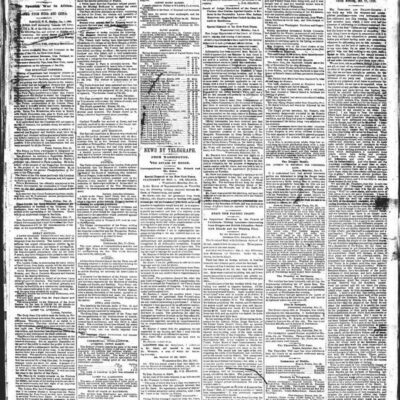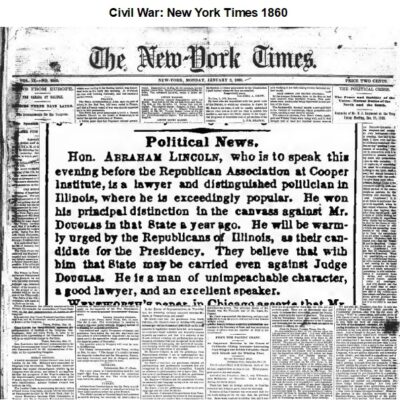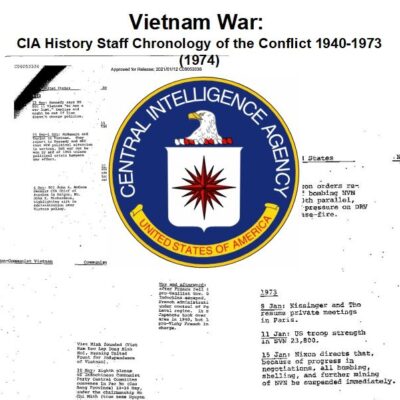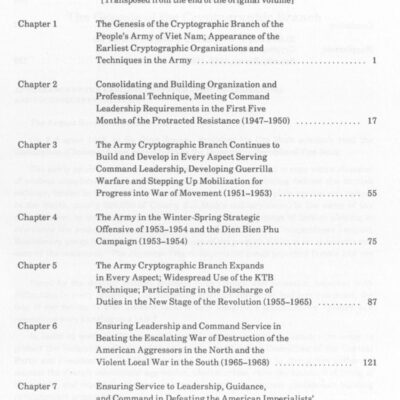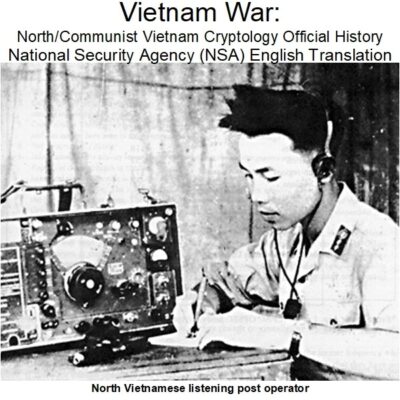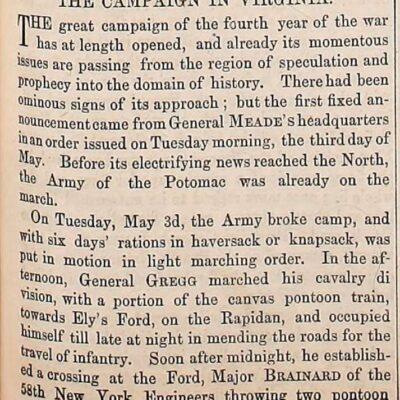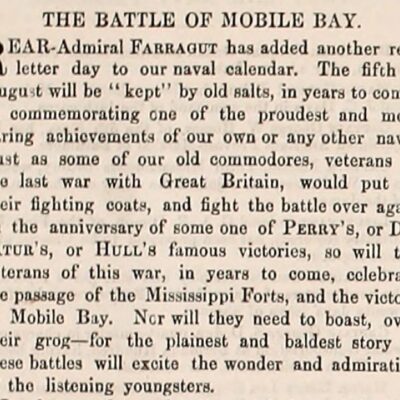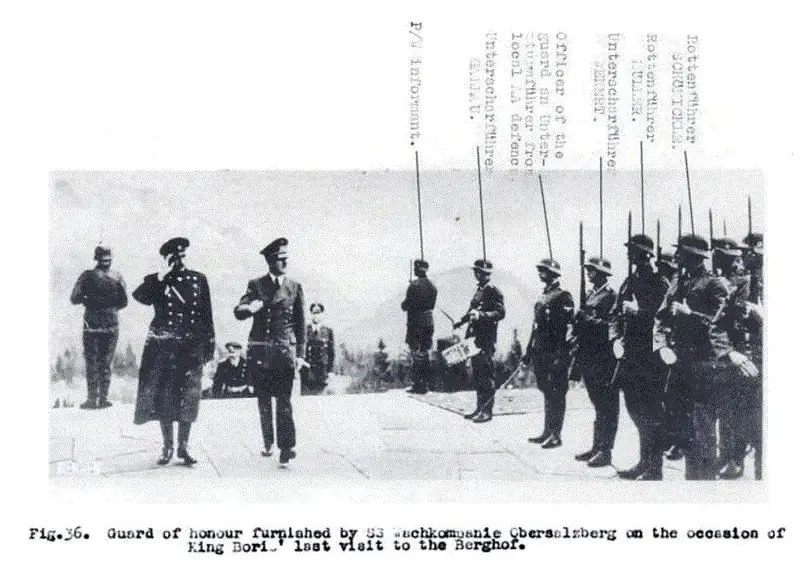
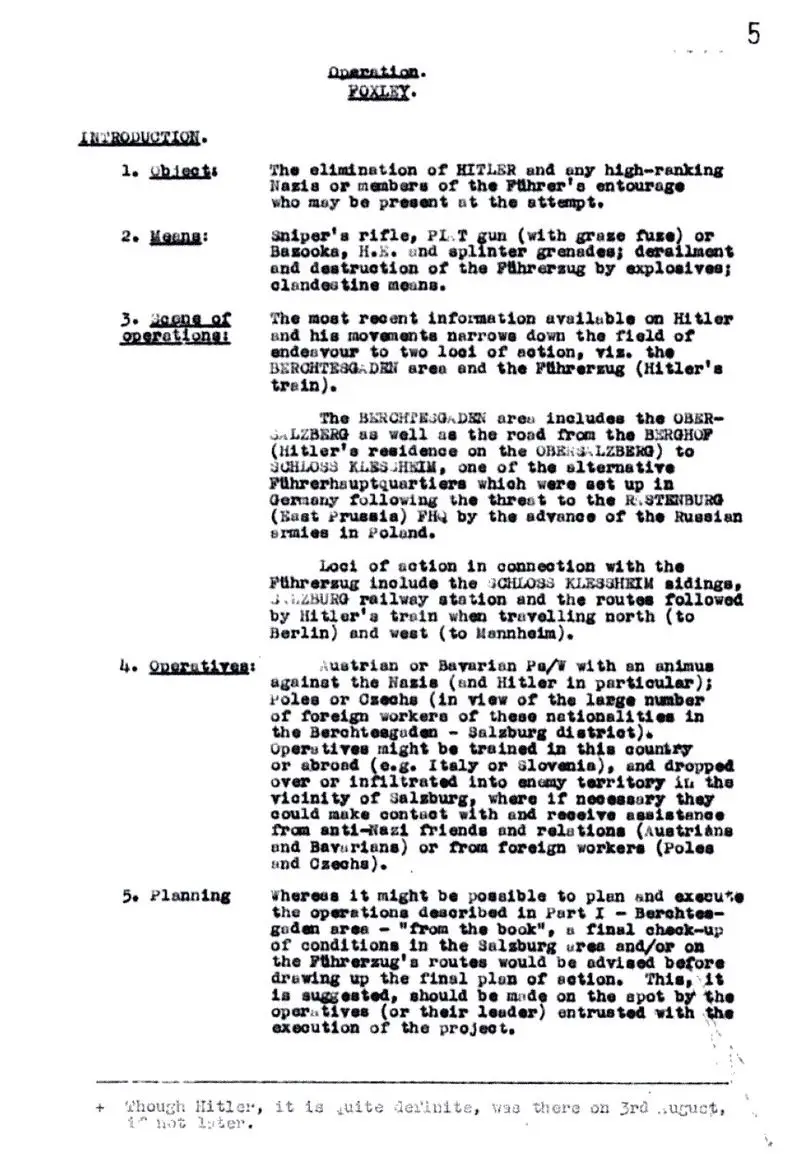
World War II: Adolf Hitler and Operation Foxley – British Assassination Plot
$19.50
Description
A 122-page document from the British Special Operations Executive (SOE) details Operation Foxley, a World War II plan to assassinate Adolf Hitler. This comprehensive report, compiled in 1944, outlines a meticulously researched scheme developed by an anonymous SOE agent known only as LB/X. The agent’s true identity remains classified to this day.
The SOE, nicknamed the Baker Street Irregulars due to their Baker Street headquarters, was a clandestine organization established in 1940 by Prime Minister Winston Churchill and Minister of Economic Warfare Hugh Dalton. Its mission was to conduct unconventional warfare, employing espionage and sabotage behind enemy lines to support the Allied war effort rather than engaging in direct military confrontation.
The Operation Foxley report is a treasure trove of intelligence on Hitler’s life, providing intimate details of his daily schedule and dietary habits. It includes aerial photography and detailed architectural drawings of his mountain retreat in Berchtesgaden, Bavaria. The document also offers precise descriptions of Hitler’s transportation, including his limousines and dedicated train, the “Fuhrerzug.” Furthermore, the report features sketches of the SS guards’ uniforms, proposed disguises for the would-be assassins, and even depictions of the “guest workers” who might have been present at the target location.
The report’s introduction clearly states its objectives and proposed methods. The primary goal was the assassination of Hitler, along with any high-ranking Nazi officials or members of his inner circle who might be present during the attempt. The proposed assassination methods were diverse and included using sniper rifles, PIAT anti-tank guns (with a graze fuze to avoid direct hits and potentially cause more widespread chaos), bazookas, high-explosive and fragmentation grenades, and even sabotage operations such as derailing and destroying Hitler’s train through the use of explosives. The plan also considered more covert, unspecified “clandestine means.” The level of detail suggests a significant investment of resources and planning in this ambitious, albeit ultimately unsuccessful, operation. Intelligence suggests Hitler’s whereabouts are limited to two primary locations: the Berchtesgaden region and his personal train, the Fuhrerzug. The Berchtesgaden area encompasses Obersalzberg, including the Berghof (Hitler’s residence), and extends to Schloss Klessheim, a backup command headquarters established after the Rastenburg headquarters in East Prussia became vulnerable due to the advancing Soviet forces. The Fuhrerzug’s potential locations include the Schloss Klessheim railway sidings, Salzburg station, and the various routes the train took on its journeys north towards Berlin and west towards Mannheim.
The document outlines two assassination attempts: one involving a bombing of the Fuhrerzug and another aiming to poison the train’s water supply. However, the most feasible plan involved a sniper eliminating Hitler. A captured guard revealed Hitler’s daily routine, specifically his solitary morning walk around the Berghof, his residence in the Obersalzberg mountains near Berchtesgaden. This walk, consistently taken after 10:00 a.m. and lasting approximately 20 minutes, was a key element of the assassination plan due to Hitler’s preference for solitude during this time.
Despite his preference for solitude, the report notes that Hitler’s walk wasn’t entirely unsupervised. SS patrols maintained a discreet distance, providing surveillance. Additionally, SS guards stationed at the Gutshof observed him for roughly 100 yards of his route, and he was also visible to guards at the Theaterhalle and Landhaus Goring as he passed by the concrete bypass connecting Oberau road to Fuhrerstrasse. However, these observation points were significantly distant, over 500 yards away, suggesting potential vulnerabilities in the security detail. Operation Foxley, the plan in question, never received final approval. The decision-makers were hesitant, some believing that defeating Germany under Hitler’s leadership might be simpler than facing a successor. This hesitancy stemmed partly from the brutal consequences of the assassination of Reinhard Heydrich.
The assassination itself, carried out in May 1942 by Czech resistance fighters trained by the British Special Operations Executive (SOE), triggered horrific reprisals against the Czech civilian population. These reprisals resulted in the deaths of approximately 5,000 innocent people, a stark demonstration of the potential consequences of such actions.
Furthermore, the near-successful attempt on Hitler’s life on July 20, 1944, orchestrated by German military officers, significantly altered Hitler’s security protocols. These enhanced security measures would have drastically reduced the likelihood of Operation Foxley’s success, rendering the plan even less viable.
The accompanying disc contains supplementary material, including 122 pages of additional information. Specifically, the disc includes CIA files detailing the assassination of Reinhard Heydrich and related intelligence matters. One notable document is a 19-page article by R.C. Jaggers, published in the winter 1960 edition of the CIA’s internal journal, “Studies in Intelligence,” which provides an in-depth analysis of Heydrich’s assassination. Another included article, a 9-page piece by Albert E. Riffice from the winter 1962 edition of the same journal, focuses on the British Special Operations Executive (SOE), exploring its formation and operational structure. These documents offer valuable context and insight into the historical events surrounding Operation Foxley and the broader context of World War II espionage and resistance.
Timeline of Operation Foxley
1944:
- Early 1944: British Special Operations Executive (SOE) begins developing Operation Foxley, a plan to assassinate Adolf Hitler.
- Throughout 1944: SOE agent codenamed LB/X compiles intelligence on Hitler’s routines, movements, security, and vulnerabilities, particularly focusing on his Berghof residence and his train travel.
- Late 1944: Operation Foxley plans are presented in a detailed report, outlining various potential assassination methods, including sniper attacks, train bombing, and poisoning the water supply on Hitler’s train. The report highlights a sniper attack during Hitler’s morning walks at Berghof as the most promising option.
- Late 1944: Operation Foxley is ultimately not given final approval. Doubts persist about the strategic benefits of removing Hitler from power, fearing a more competent successor. Concerns also arise regarding potential reprisals against civilians, mirroring the aftermath of Reinhard Heydrich’s assassination in 1942.
- After July 20, 1944: The failed assassination attempt on Hitler by German military leaders leads to heightened security measures, making Operation Foxley even more challenging and solidifying the decision to abandon the plan.
Cast of Characters
1. Adolf Hitler:
- Bio: Dictator of Nazi Germany from 1933 to 1945. The primary target of Operation Foxley. Known for his strict routine and morning walks at his Berghof residence.
2. Winston Churchill:
- Bio: Prime Minister of the United Kingdom during World War II. Instrumental in the creation of the SOE.
3. Hugh Dalton:
- Bio: British Minister of Economic Warfare during World War II. Co-founder of the SOE with Churchill.
4. Agent LB/X:
- Bio: SOE agent responsible for compiling the intelligence and developing the plans for Operation Foxley. Identity remains classified.
5. Reinhard Heydrich:
- Bio: High-ranking SS official in Nazi Germany. Assassinated in 1942 by SOE-trained Czech operatives. His death led to brutal reprisals against Czech civilians, serving as a cautionary tale for Operation Foxley planners.
